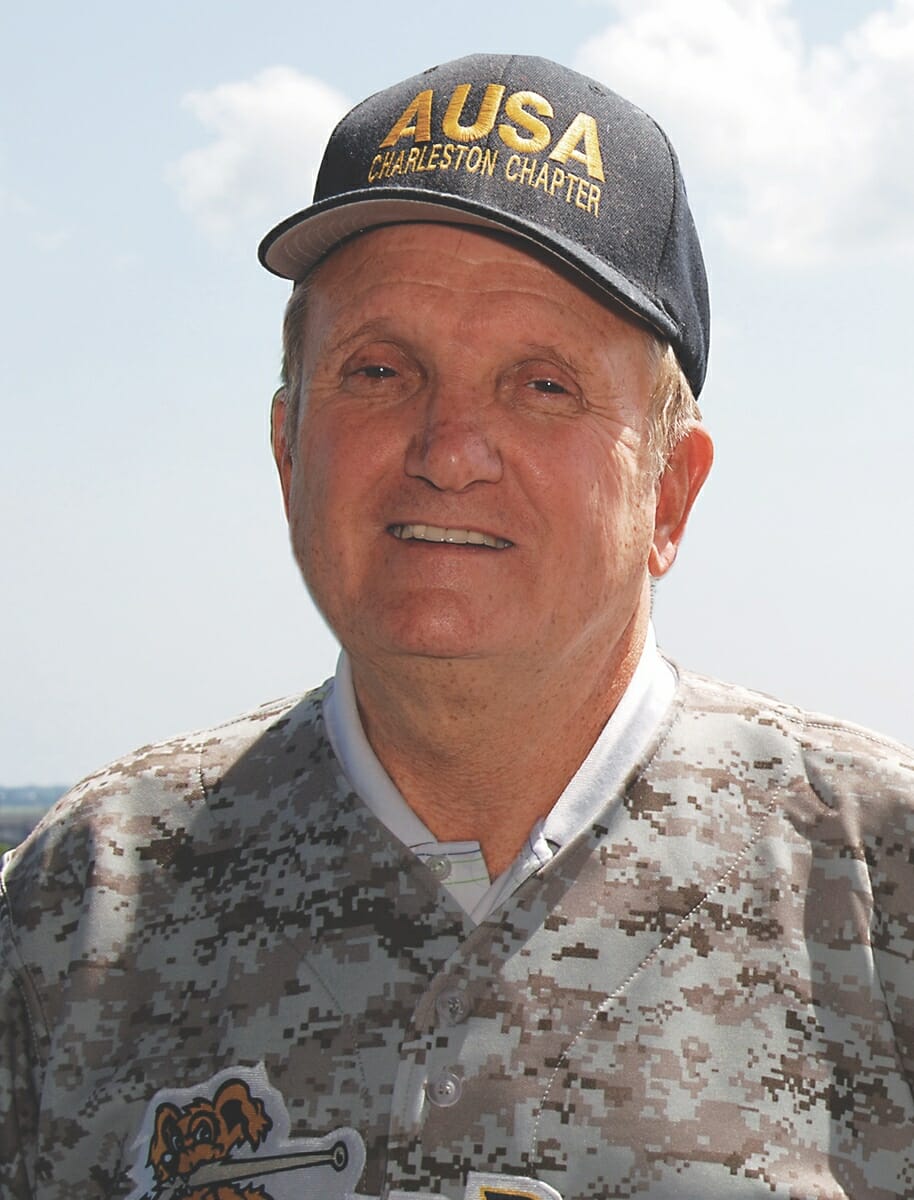Who would deny America has a gun problem? Either you think there are way too many on the streets or you think somebody somewhere is ready to kick in your door to take the ones you already own.
Like climate change, we might already be too far gone for anything we do now to make a big enough difference, because also like climate change, we keep trading making substantial changes that might help for smaller fixes that look and sound good but prove ineffectual.
Last week, the House of Representatives, led by Democrats, voted to ban assault weapons. Republicans voted against the ban, as expected, and the bill likely will die in the Senate. Will it have mattered anyway?
Under President Bill Clinton, a ban on assault rifles was passed as part of the 1994 Crime Bill. The “Encyclopedia of Gun Control and Gun Rights” states the ban was motivated by a 1989 shooting at Stockton, Calif., elementary school (five children dead, 32 wounded) and a 1991 attack at a restaurant in Lubbock, Texas (23 dead, 27 wounded).
Former presidents Gerald Ford, Jimmy Carter and Ronald Reagan supported the bill, which was written to prevent manufacture of assault-type weapons for civilian use. Its primary sponsor, Sen. Diane Feinstein, described what finally passed Congress as a watered-down version of the bill she originally intended. Even so, a 10-year “sunset provision” was written into the law.
Gun-control advocates point to the bill as a tipping point in curbing mass shootings, but its effectiveness is debatable.
The 1994 ban grandfathered in existing weapons and focused on cosmetic aspects of the weapons instead of their essential functionality. To keep up production, all manufacturers had to do was make minor modifications to slip past the new regulations. And that they did.
The Visual Capitalist uses Department of Justice numbers to show 1.3 million rifles were manufactured in 1994; that number increased to 1.4 million the next year and has been a reliable average for yearly production ever since.
True enough, mass shootings like the ones that inspired the 1994 ban diminished. The number of mass shootings decreased, and the number of victims per mass shooting decreased. But the numbers need context; the overall number of gun deaths only went down a fraction of a percent. Banning assault-type weapons barely made a dent in the broader problem of gun violence.
Salon’s Alex Seitz-Wald wrote, “Why aren’t assault weapons that important? Mostly because they’re used so rarely — as few as 2 percent of all gun crimes, according to the official study mandated by Congress when it passed the 1994 version of the ban.”
Handguns are used most often in crimes, and their production has exploded in the past 30 years. The Bureau of Alcohol, Tobacco, Firearms and Explosives just last month released a study showing the total number of firearms manufactured in America tripled just since 2000.
The New York Times explained, “Buyers capitalized on the loosening of gun restrictions by the Supreme Court, Congress and Republican-controlled state legislatures.”
So, manufacturers are all too happy to feed our appetite for guns, and the usual suspects line up to help them do it. But they’re only giving the public, especially a passionate segment of it, what it wants. As I’ve written here before, 3% of the U.S. population owns half of the weapons in the country.
And why? Maybe because they are told they need them, and they have to have them to be real men, real Americans, even real Christians.
It’s hard to articulate what I felt when I saw a screenshot of an advertisement from Daniel Defense, a Georgia-based gun manufacturer with locations across South Carolina’s Lowcountry.
In it, a boy cradles an assault-type rifle as a mature hand comes in from outside the frame, directing him on inserting its loaded magazine. The caption? “Train up a child in the way he should go, and when he is old, he will not depart from it.”
With our bottomless hunger for the weapons of our own destruction passed on to newer generations, I doubt this little boy and his cohort will depart from these lessons. Whether or not not they live to get old is another matter entirely.
Terry E. Manning lives and works in Savannah, Ga. He is a Clemson graduate and worked for 20 years as a journalist. He can be reached at teemanning@gmail.com.







